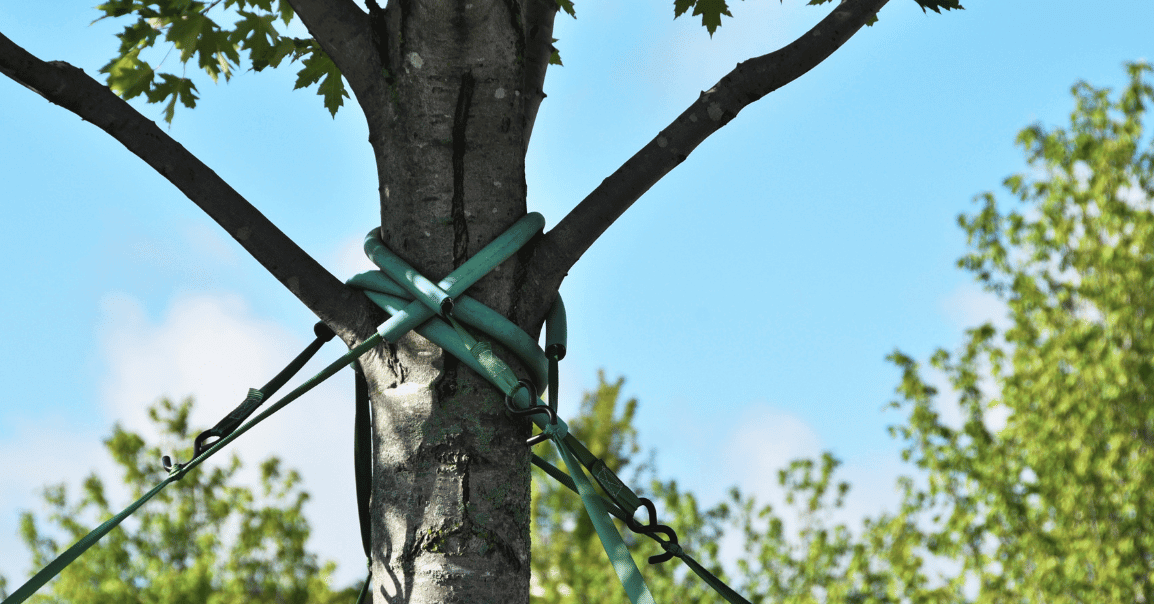Gypsy moths, known for their destructive defoliation of trees, have long been a concern for homeowners and arborists alike. These voracious caterpillars have caused extensive damage to forests and landscapes. However, recent years have seen a shift in their population and behavior, changing their nickname to "spongy moths." In this article, we will discuss what spongy moths are, how to identify them, and effective methods to eliminate them.
What are Spongy Moth (Gypsy) Caterpillars?
Gypsy moths (Lymantria dispar) are a notorious invasive species originating from Europe and Asia. These caterpillars are known for their insatiable appetite for foliage, particularly favoring hardwood trees such as oak, maple, and birch. The caterpillars' feeding can defoliate trees, leaving them vulnerable to disease and environmental stressors. While they've been a long-standing problem in the United States, recent years have seen a shift in their behavior and characteristics.
How to Identify Gypsy Moth Caterpillars?
Gypsy moth caterpillars go through distinct life stages. Identifying them accurately can help in managing their presence effectively.
- Egg Stage: Gypsy moth egg masses are tan or buff-colored and are typically found on tree bark, outdoor furniture, and other surfaces. They can contain hundreds of eggs.
- Larval Stage (Caterpillar): Gypsy moth caterpillars are known for their hairy appearance. Five pairs of blue and six red dots are running along their back. These dots are a characteristic feature that sets them apart from other caterpillars.
- Pupal Stage: After feeding extensively, caterpillars enter the pupal stage, encasing themselves in brown or tan cocoons. These cocoons can be found attached to trees or other surfaces.

Spongy Moth Prevention
Preventing spongy moth infestations is the best approach to protect your trees. Here are some preventive measures:
- Tree Health: Maintain the overall health of your trees through regular pruning, watering, and fertilization. Healthy trees are better equipped to withstand spongy moth attacks.
- Monitor Your Landscape: Monitor your landscape for signs of spongy moths and their caterpillars. Early detection can help prevent infestations from spreading.
- Plant Diversity: Diversify your landscape with various tree species. Spongy moths target specific tree types, so a mix of species can reduce the risk of widespread damage.
- Professional Assessment: Periodically consult with a professional tree care service to assess the health and condition of your trees. They can spot early signs of spongy moth activity and provide recommendations for prevention.
Contact Strobert Tree Services - Leaders in Tree Pest and Disease Management.
At Strobert Tree Services, we understand the importance of tree health and landscape maintenance. Our team of experts specializes in tree pest and disease management in Delaware, Pennsylvania, Maryland, and New Jersey. We can help you identify, manage, and prevent spongy moth infestations and other tree-related issues. Contact us today to ensure the well-being of your trees and the beauty of your landscape.











